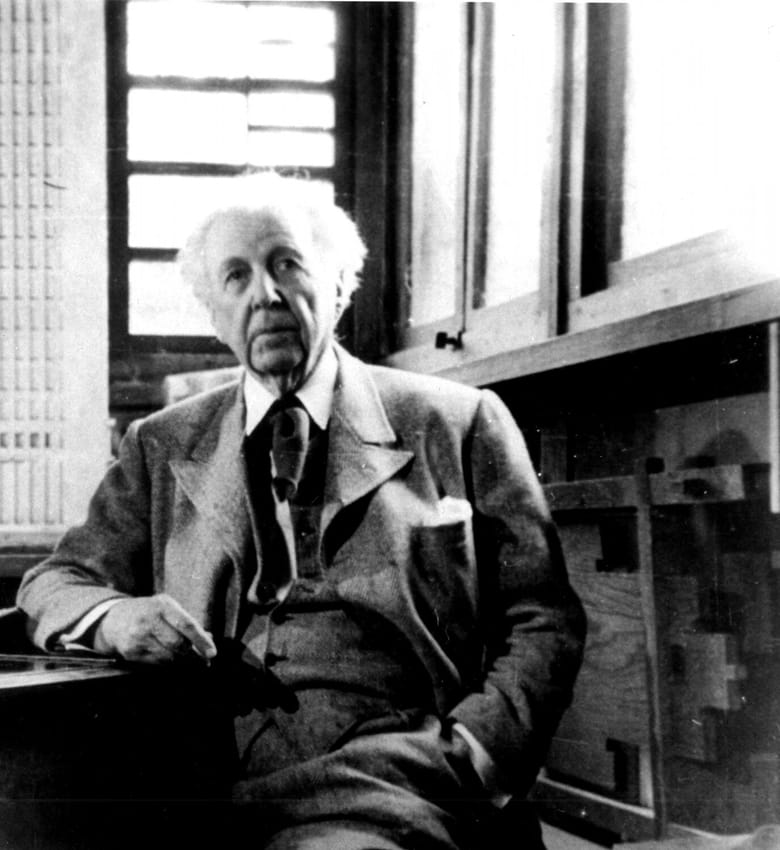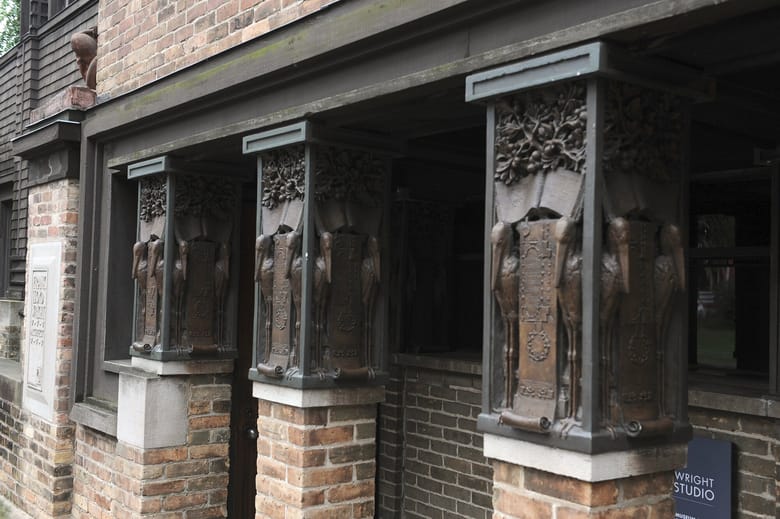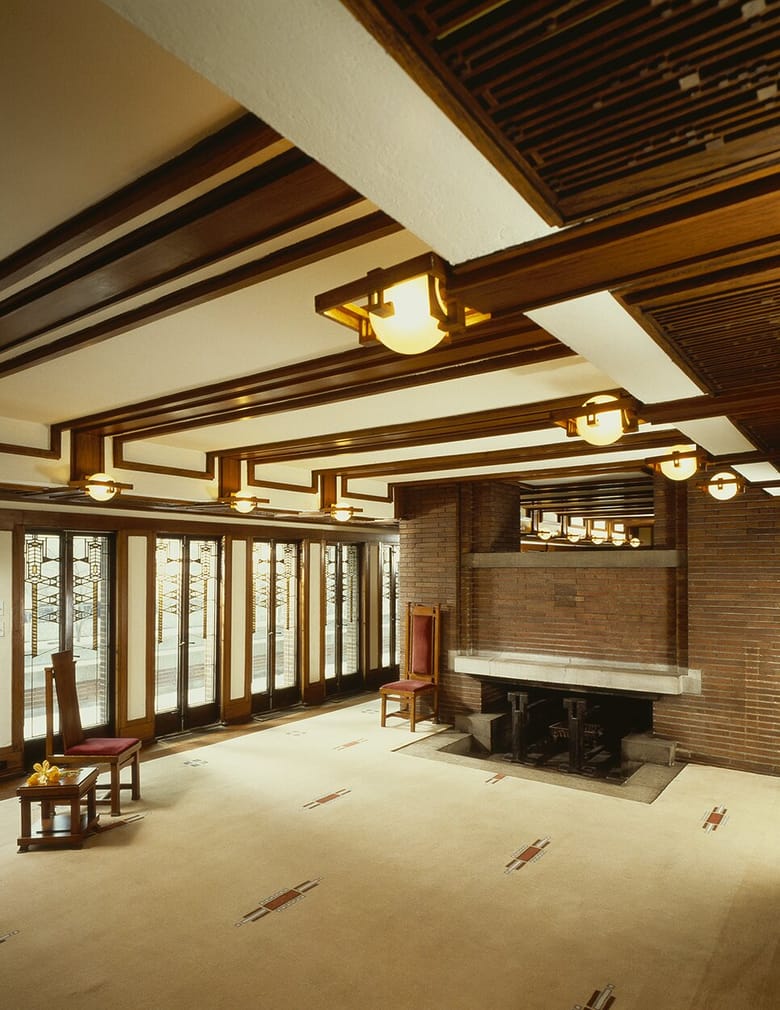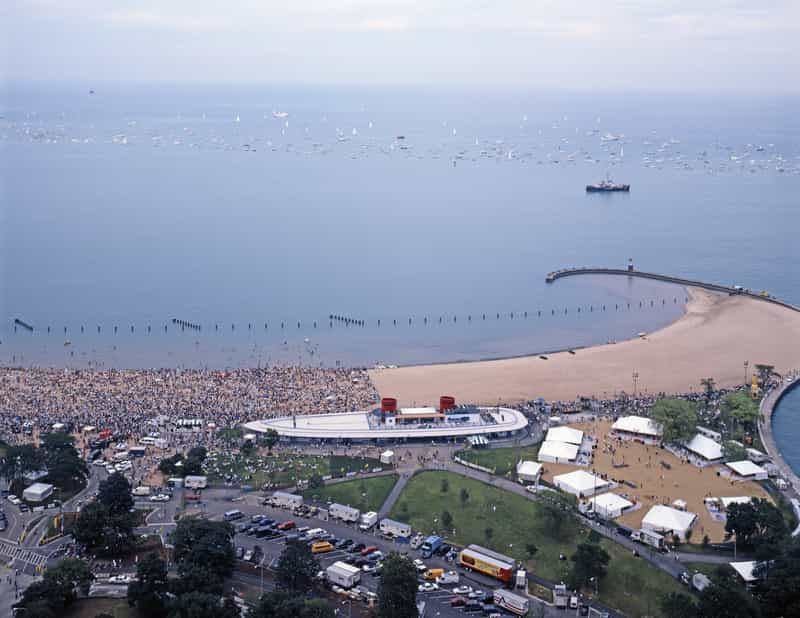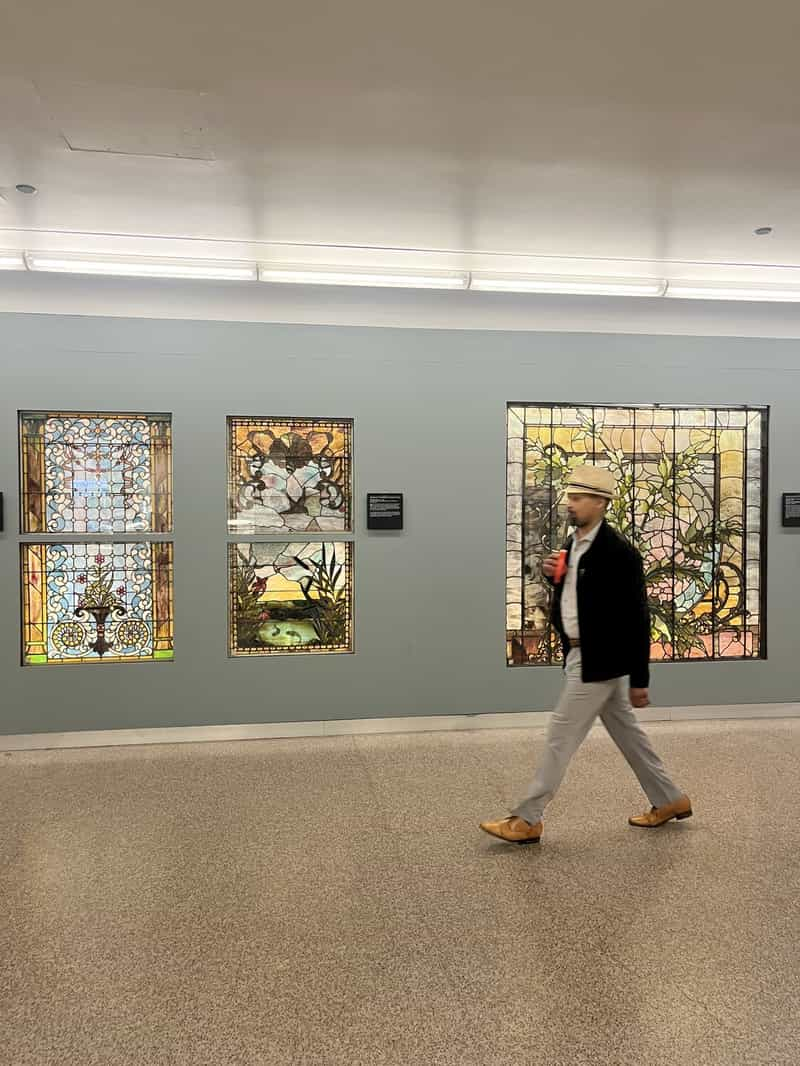Frank Lloyd Wright
Frank Lloyd Wright
Robie House, courtesy of Hedrich Blessing
With a prolific career of more than 70 years, Frank Lloyd Wright’s work spans the late 19th and mid-20th century. He designed a variety of building types across the country, but Chicago rightly claims Wright as one of our own. It was here that he began his architectural practice, formed ground-breaking theories about architecture, designed revolutionary homes and learned from his “beloved master” Louis Sullivan.
Wright grew up in the rolling hills of southwestern Wisconsin surrounded by an extended family that viewed nature as religion. But when he arrived in Chicago in 1886 at the age of 20, Wright’s love of nature collided with his newly adopted city. He wrote, “Chicago! Immense gridiron of dirty noisy streets … Heavy traffic crossing both ways at once, managing somehow: torrential noise.”
A young Wright worked for architect Joseph Silsbee before landing a job with the firm of Adler & Sullivan who were busy designing the Auditorium Building. Despite Wright’s well-known ego, even he would admit to the important influence that Louis Sullivan had on his own work. Wright learned from Sullivan’s fluid organic-inspired ornamentation and in turn, developed his own geometric, abstract designs inspired by nature.
Wright is mostly known for the dozens of Prairie Style homes he designed between 1900 and 1920. He described them as, “the city man’s country home on the prairie.” They were radically different from the popular Victorian homes of the era and appealed to upper-middle-class homeowners during a time of urban unrest. By providing a secure, private and sheltered space closely tied to the local natural landscape, he believed these homes united “man, nature and architecture.” His own home at Taliesin in Spring Green, Wisconsin, exemplifies these ideas.
Until his death in 1959, Wright continued to work on hundreds of projects. The Usonian Homes, Fallingwater, his plans for a Broadacre City, a mile-high Chicago skyscraper and Taliesin West and the Guggenheim Museum in New York illustrate Wright’s ever-evolving ideas about design.

